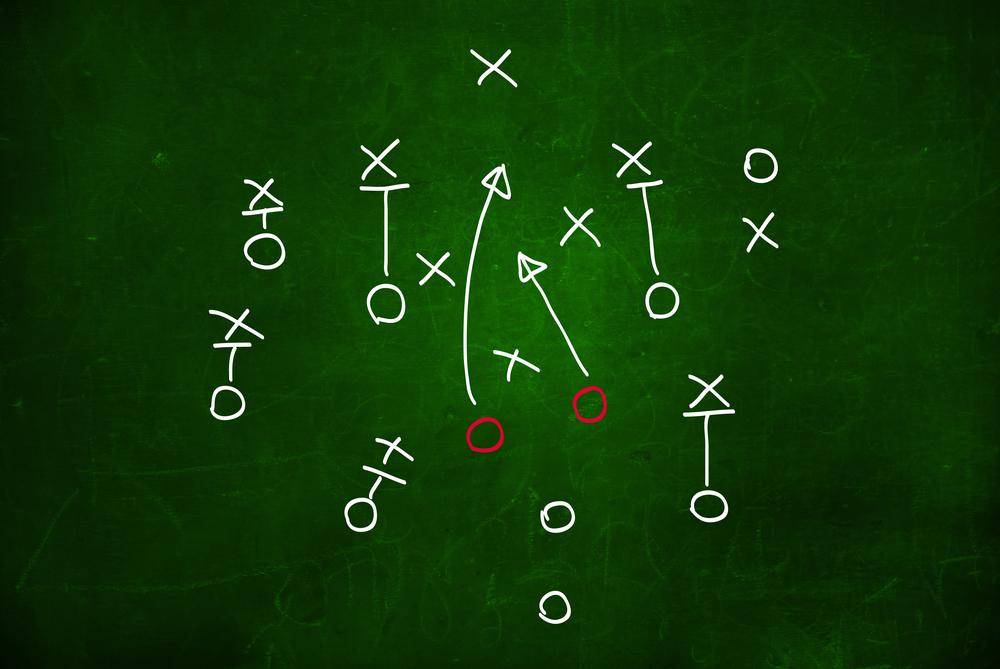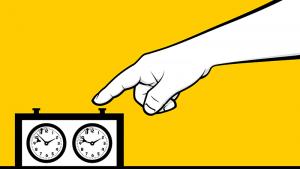
The Rubinstein Maneuver
"A master cogitates carefully, perhaps a half-hour on a move. Finally, he chooses the correct square for the correct piece and places it there. A grand master is much more skillful. He hardly thinks at all; he throws the piece into the air and it just falls on the right square." — GM Arthur Bisguier in Stan Isaacs, The 1969 Chronicles: A Sportswriter's Notes.
Bisguier's witticism is a golden morsel of chess humor, but it does contain a grain of truth?
More than a grain, in fact. Our exploration of intuition revealed that subconscious thought — instincts and ideas that germinate deep within the subliminal recesses of our mind — is a crucial aspect of chess mastery.
To hone this mechanism, you must acquire a vast arsenal of chess knowledge that will facilitate the decision-making process. Grandmasters frequently arrive at the correct move not through skill or imagination, but simply by tapping into their immense repository of knowledge and reproducing an already-familiar idea. In this article, I will illustrate this mechanism by presenting a case study from my own chess career.
While visiting Moscow in August 2008, I had the honor of meeting GM Yuri Razuvaev, whom GM Boris Gelfand calls "one of the greatest chess writers and thinkers we have ever been blessed with."
About halfway through our two-hour training session, Razuvaev asked me if I had seen the game Janowski-Rubinstein, Karlsbad 1907. As a matter of fact, I was not acquainted with a single game by the Polish maestro, and I admitted as much to Razuvaev.

He shook his head and tsk-tsked. Then he set up the pieces and blew my mind.
Note: In addition to my own annotations, I will draw upon GM Boris Gelfand's excellent comments in his recent work Positional Decision-Making in Chess.
A captivating display. From this game alone, it is clear that Rubinstein was leaps and bounds ahead of his contemporaries in positional understanding and endgame technique.
Fast forward two years. In round one of the 2010 Cappelle-la-Grande Open, I faced French GM Jean-Marc Degraeve. I was still quite jetlagged and did not feel particularly optimistic about my prospects, but Caissa has a way of indulging her own whims. After the preliminary moves 1.e4 e5 2.Nf3 d6 3.Bc4 Be7 4.d4 exd4 5.Nxd4 Nf6 6.Nc3 0-0 7.0-0 Re8 8.Re1 Bf8 9.Bg5 c6 10.a4 a5, the following position arose on the board:
Black has played the opening passively, yet his position is annoyingly solid and I did not see a convincing plan of action. Something along the lines of 11.f3 Nbd7 12.Qd2 yields a slight edge, but I wasn't sure how to react after 12...Qb6.
Then I turned my attention to the f7 pawn, Black's only noticeable weakness. If I could apply further pressure on it — perhaps by constructing a queen-bishop battery along the a2-g8 diagonal — Black would pay dearly for his haphazard development.
Suddenly, an image of Rubinstein flashed through my mind.
Like Rubinstein's 30...Qb8, 11.Qb1 was strong from a practical (rather than an objective) point of view. It visibly unsettled my opponent and inspired me to continue playing energetically. Perhaps it was not Degraeve's finest day, but I am confident that my 11th and 12th moves had something to do with his sloppy middlegame play.
Perhaps Caissa will afford you an opportunity to mimic Rubinstein's maneuver in one of your own games, or perhaps your inspiration will come from a different source.
In any case, remember that there is no such thing as plagiarism on the chess board!






